© 2022 All rights reserved Worktop Library
Affordable, light, quick, stain-resistant, quartz and porcelain are low carbon footprint materials compared to natural concrete—no wonder two of the ‘most popular concrete effect worktop materials of our times are here to stay.
In this Guide You will learn:
- Enviromental differences betweeen natural concrete and concrete effect worktops.
- About the Benefits of using concrete effect materials ,based on a recent case study in London.
- The new Concrete Colours from Neolith sintered stone.
- 100% water recycled concrete effect quartz materials from Compac, The Surfaces Company
- A video showing seven alternatives to concrete worktops for 2021 and 2022 in under a-minute.
- Conclusion
Along stone worktop stands at a restaurant in Regent Street in central London, supported by beautiful wooden cabinets providing it with a natural and serene look. Similarly, this concrete-look worktop looks very much like real concrete and feels like it. Again, there is nothing wrong with it, but it may be troublesome in a different way.
The material in question is a cement effect quartz worktop. It is an impressively slim countertop over three metres long and just a couple of centimetres thick. Cut from the quarry and transported to site ready to install, such a worktop uses only renewable energy and 98% reused water, at a time that the cement industry produces around7% of the carbon dioxide released in the atmosphere– and it gives you a lighter, quicker and cheaper worktop installation.
Alternatives to heavy concrete for home decoration
“Quartz,” says Maria Kairuz, Operations Manager at The Worktop Library “, is one of the great worktop materials of our time. In 90% of cases, quartz is more eco-friendly than steel or concrete, which we use in walls.”
The Worktop Library in London is on a mission to show the potential of quartz and porcelain in kitchens. With our team, we are putting together a range of sustainable worktops. It shows how quartz stone, used for over 34 years, and porcelain can change the interior design more recently. So prepare yourself for the porcelain worktop revolution!
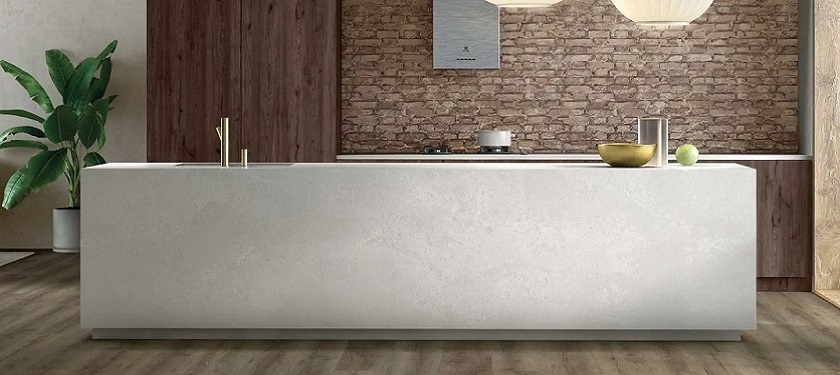
Concrete Effect Worktop Case Study
We have recently installed a kitchen splashback in Hampstead, London. And the client needed concrete surfaces for their worktops and walls but could not use heavy materials.
The space displays a 3-metre wall and high ceilings made ofDekton Orix, an ultra-compact material made from porcelain blended with over 20 minerals. ‘Dekton thicknesses start at 4 mm, but we recommend 12 mm when it provides more rigidity to the material’, says Maria. At 32kg per m2, the entire concrete splashback weighs under 140kg. It makes a significant saving in both engineering and related costs of a much heavier material such as concrete. A square metre of concrete weighs 2,406.53 kg.
In addition, Dekton is stain-proof, highly scratch-resistant, and can withstand very high temperatures. Similarly, the zero porosity ensure you won’t stain your worktops with liquids from coloured foods, wine, coffee, etc.
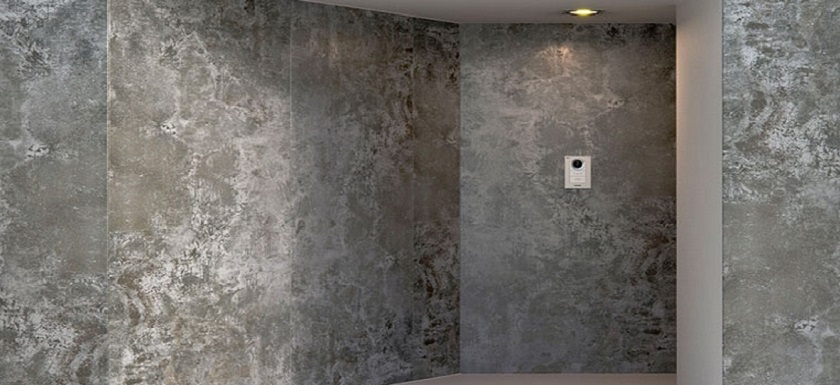
Dekton Orix’s slabs offer shabby cement with industrial looks set apart by feeling ferric, icy, and splintered. Reinterpreting the best of natural concrete, it combines grey with tints of blue and touches of green.
Dekton slabs’ surfaces show a rugged finish with natural, earthy fragments, displaying organic aesthetics in any space.
If you click this, we’ll put your favourite Free Dekton Sample in the post today.
But there are also other ranges of more sustainable worktops when compared to concrete, adds Maria Kairuz. So whilst many expect to find only a couple of available options, there is an increasing number of concrete-looking countertops in the UK. Especially in London and surrounding areas where there is a concentration of different worktop brands and surface material importers from around the globe.
Is Neolith the Next Big Thing?
Neolith is a European company that produces top-quality worktops for kitchens and bathrooms.
The brand was founded in 2006 and with Head Office in Barcelona, Spain. In addition, the company has its manufacturing plants in Durango, Mexico and Monterrey, Mexico.
Neolith worktops come in a variety of colours and textures. They are available as slabs or as pre-cut counters with a variety of colour options to choose from. It is an innovative sintered stone made of 100% raw material. Similarly, it is a brand-new natural stone brand filling a gap in a market seeking more sustainable products. This new surface came because of the collaboration between Cemex and a leading Spanish design studio.
Neolith set up its first office in Madrid. And the marketing strategy was to target architects and designers with an ecological product.
In 2010 it expanded, setting up offices in Barcelona, London, New York City and Sao Paulo. Today Neolith has showrooms all over Europe and Asia, and America as well as distributors worldwide.
In 2015 Neolith has opened its first factory outside of Europe on the west coast of North America. It is just outside Portland –which has the capacity for supplying the whole of the USA.
Neolith Concrete Effect Colours
The Size, which is the company behind the Neolith brand, has come up with innovative designs. They bring concrete worktops to life by creating three unique designs with the look and feel of natural concrete:
- Neolith Beton:From the Fusion Collection, Beton is a manufactured material produced from the world’s most energy-saving process, hydropower. It is a natural look stone with a subtle industrial touch. And it is enhanced by a modern colour palette and the softness of its polished surface. Its versatility lends itself to use in diverse places, from simple design to spaces with a more formal aesthetic. Its entire structure and high technical characteristics make it an extremely durable material ideal for interior or exterior use. Beton’s class A surface is easy to clean and maintain, making it perfect for kitchens and bathrooms. In addition, it excels as a flooring material for areas exposed to heavy foot traffic, such as homes and offices.
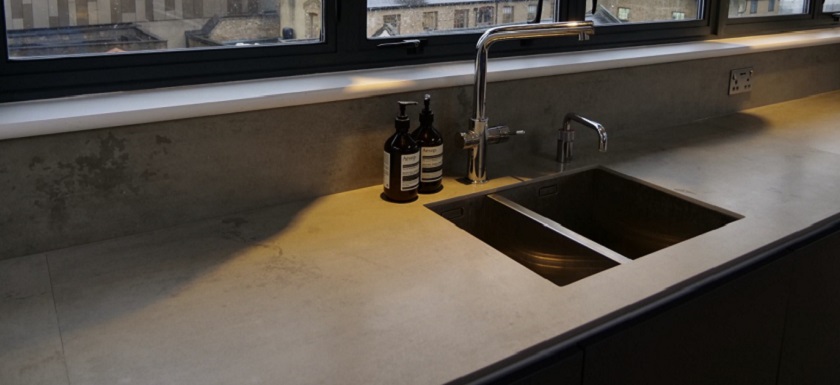
HowNeolith Coloursare Changing Industrial Your Kitchen Design
Neolith worktops are a new product to the market, and they offer many benefits. They are solid, low maintenance and most importantly, beautiful.
Neolith is a countertop containing durable and sustainable materials. You can choose it in a wide range of colours and textures, meaning something for everyone! Read on to learn about another two excellent concrete looking worktops from this brand:
Neolith Cement:Cement from Fusion Collection is a premium monolithic composite material. It blends the natural beauty of stone and the durability of premium quality composite materials. Made from all-natural materials, it is more sustainable than natural and porcelain stone. In addition, Neolith combines the best properties of both. Neolith Cement features a sleek and uniform surface in greyish tones with the natural look of concrete worktop materials. You can choose it in a size of 3200 x 1600 mm, and five different thicknesses: 3, 6, 9, 12 and 20 mm.
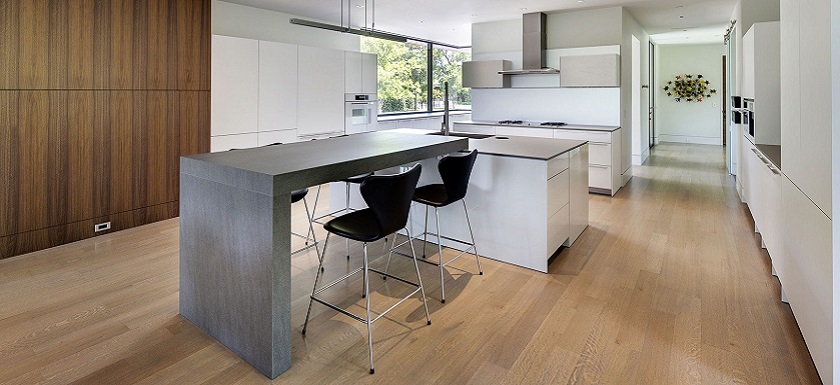
Neolith worktops contain natural materials such as sand and limestone, making them greener than other countertops like granite or marble.
Neolith Concrete Taupe:Another colour from Neolith’s Fusion Collection, Concrete Taupe comes ina matte texture, designed for today’s trends in interior design. It is the embodiment of Concrete countertops Design, with a philosophy that creates an ever-changing dialogue between past and future. It’s a combination of sensuality and technology. The Neolith Concrete Taupe sintered stone brings a contemporary look to various settings, whether they are residential or commercial.
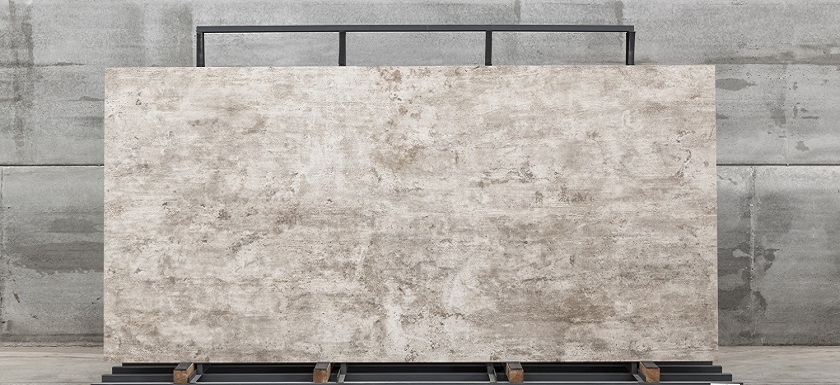
The product has the customer as a priority – it is low maintenance, resistant to scratches and stains, comfortable always to touch (even when hot), easy to install!
Learn All About Sustainable Quartz From Compac, The Surfaces Company
Compac is another surface manufacturer from Spain and the second largest in the country after Silestone.
The brand has been trading since 1975. Compac was the first Spanish company dedicated to manufacturing and distributing quartz worktops and marble surfaces. In addition, Compac Quartz has recently launch Obsidiana, a range of sustainable quartz worktops with environmentally-friendliness in mind.
Obsidiana isthe first worktop material coming to the market that uses up to 100% recycled glass, with the same benefits as the other quartz worktop products and high-quality and matching aesthetics.
Compac Obsidiana
Because Compac Obsidiana is non-porous, no bacteria or germs can get inside the worktop surface. The Obsidiana Collection of sustainable quartz stones includes original designs:
- Compac Volcano Pearlis the safest and most sustainable engineering stone available globally, thanks to a recycling process that complies with international regulations. In all its production processes, you should note that COMPAC uses 100% recycled water and energy from renewable sources. The Compac Volcano Light slab size is 3040 x 1440 mm, allowing you to create ample countertops without placing joints. In addition, you can choose it from thicknesses of 12 mm or 20 mm.
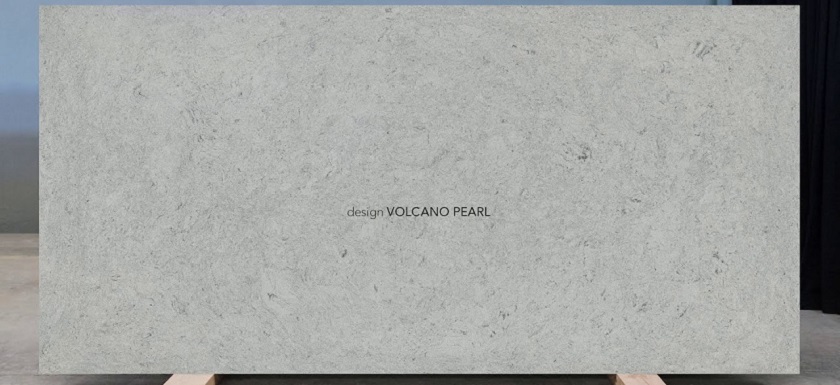
- Compac Volcano Grey:Volcano Fog is another sustainable quartz countertop that allows the Spanish brand to work on a reforestation program that has involved planting more than 30,000 native pines to offset the emissions generated from the production of its products. And although this worktop has a somewhat marbled look rather than a concrete-effect worktop, we stil think it is worth mentioning it. You can choose Obsidiana Volcano Grey in a slab size of 3040 x 1440 mm like is counterpart, Volcano Pearl. Similarly, you can design your kitchen with coverings in thicknesses of 12 mm, 20 mm and 30 mm.
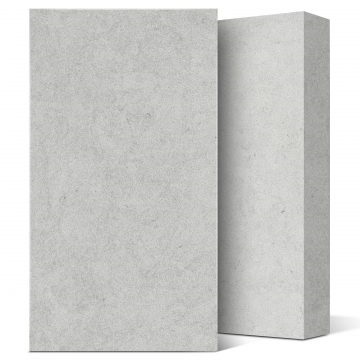
If you are short of time and wish to see all these concrete colours in under one minute, check the below Youtube video:
The above video shows you 7 Concrete Effect Worktops for 2021 and 2022.
Conclusion
The sustainable qualities of sintered and engineered stones such as sustainable Silestone are many. But looking after the planet’s resources makes it a critical segment within the Interior design and architectural arenas. “As leading worktop suppliers in London and adjacent areas, we need to think longer about the amount of energy that building materials use,” Maria says. “One of the worst things with concrete worktops is that you use natural limestone. But by the time you pulverize and heat, it loses approximately 60% of its innate strength, only so you then have to use steel beams to support it. Isn’t that crazy?
We can save between 60 to 90% of CO2 emissions by welcoming sustainable concrete-effect worktop materials. It applies to both construction and interior design.
Author:

Alan Nussbaum
Meet Alan Nussbaum, our Sales and Marketing Manager. With almost two decades of experience, Alan’s impressive track record includes creating one of the first online stone companies in 2012 and pioneering the acceptance of cryptocurrencies in construction in 2018 before co-founding The Worktop Library with Maria.
Alan’s work is featured in numerous Stone and Home Decor magazines. In addition, he collaborates with the industry’s leading stone brands, cementing his reputation as an innovator.
Before starting a thriving career in the stone industry, Alan honed his skills by overseeing luxury fashion brands such as Burberry, Matches Fashion, and Patrick Cox. With his unique blend of experience and expertise, Alan is a true trailblazer in the stone worktop industry. His passion for delivering exceptional service is evident in every aspect of his work.
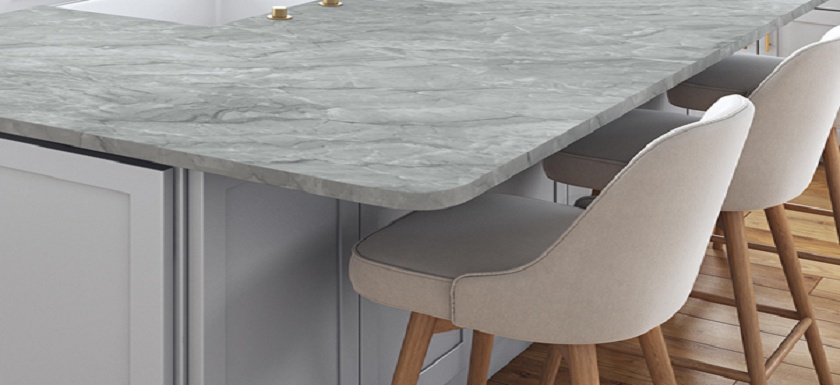 Apr 16 2021
Apr 16 2021 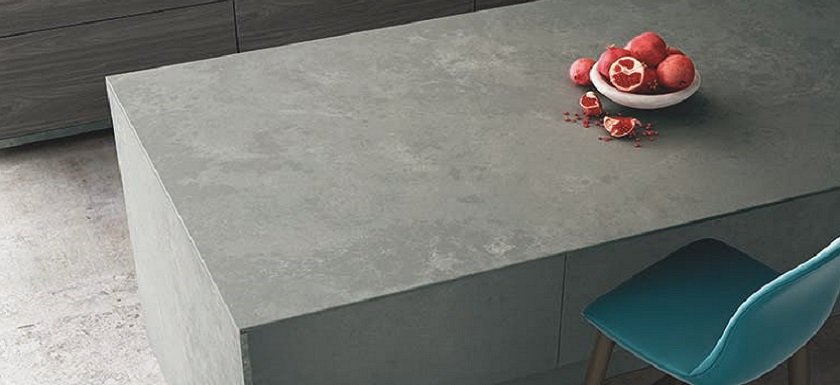 Apr 19 2021
Apr 19 2021  May 05 2021
May 05 2021 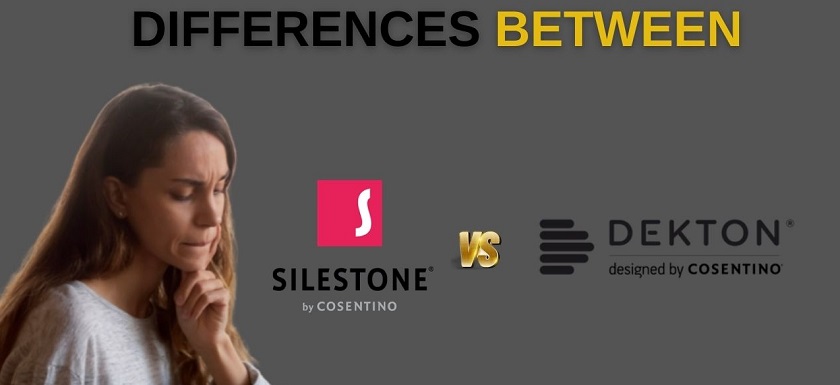 May 07 2021
May 07 2021 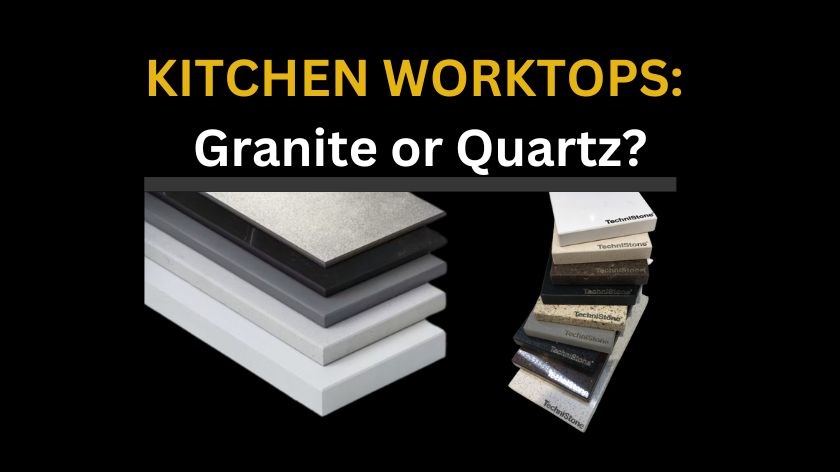 May 15 2021
May 15 2021 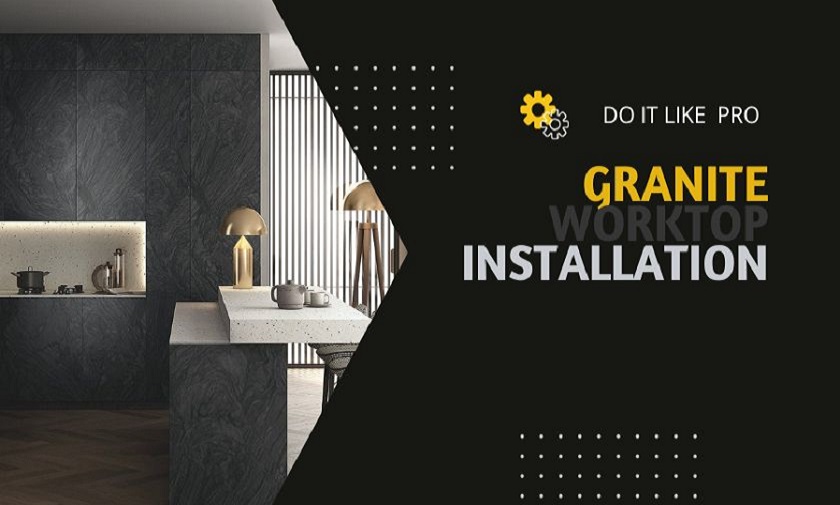 May 17 2021
May 17 2021 